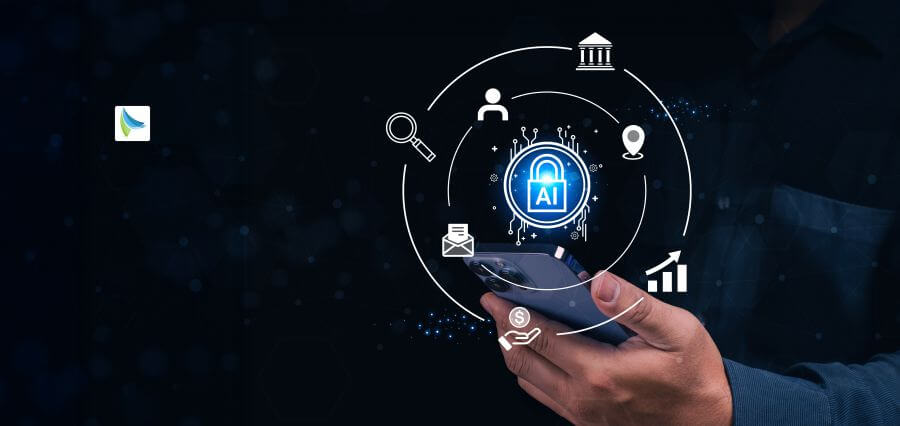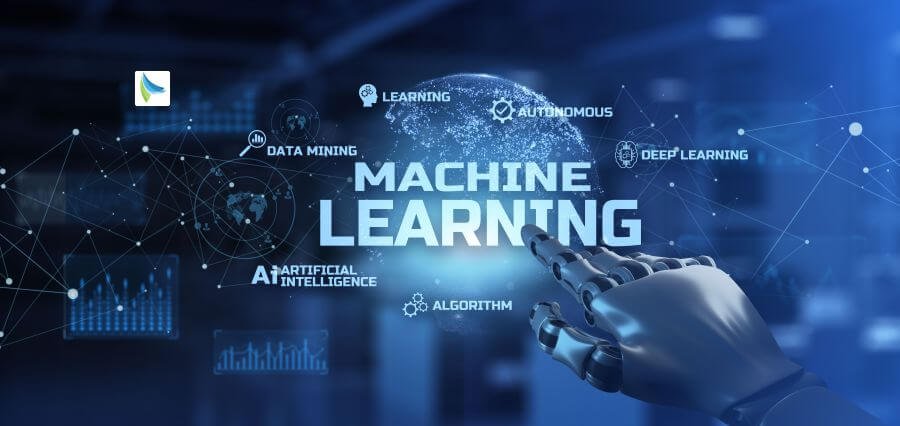The past decade has witnessed an unprecedented change in banking. At the center of this is a force not to be ignored—Artificial Intelligence (AI). As banks seek to stay with escalating customer expectations, counter emerging cyber-attacks, and compete with fierce market competition, AI-powered banking transformation is emerging as the stronghold of future-proofed financial services.
This article explains how artificial intelligence is transforming conventional banking into something more efficient, customer-oriented, and even changing the very nature of banks.
The Need for Transformation in Banking
Banking has always been about not changing. But with digital disruption at the doorstep, customer behavior, and technological innovation, obstinacy is no longer in the cards. It ranges from mobile banking to open banking platforms, and now the industry is flat-out undergoing a transformation digitally.
The banking revolution of today is not one of the new systems trumping old; it is one of transforming the banking model itself. AI is spearheading the effort to transform it through enabling in-the-moment processing of data, predictive analysis, automating processes, and hyper-personalization on a scale previously unimaginable.
AI and Redesigning Customer Experience
With the convenience era, consumers’ expectations are higher than they have ever been before. Consumers want service quicker, interfaces that are easier, and personalized financial advice. That is where AI comes in with a gigantic part in the equation.
AI-powered chatbots, virtual assistants, and recommendation systems are assisting banks in delivering customized experiences 24/7. These programs learn from history, interpret it, and act on it with human sensitivity and accuracy. A virtual assistant, for instance, can remind a user to pay bills, suggest better savings plans, or alert him/her about suspicious activity—all in real time.
Such implementation of AI is not only enhancing service levels; it’s at the forefront of bank transformation around the customer.
Risk Management and Fraud Detection
One of the biggest fields where AI is making a real difference is the prevention of fraud and the assessment of risk. Fraud detection has traditionally relied on rule-based systems, which were incomplete and not very adaptable. AI, by contrast, uses machine learning to identify patterns of suspicious activity, mark anomalies, and respond in real-time.
Artificial intelligence software can be trained to process millions of transactions and toggle their detection feature in real-time. From loan default forecasting to credit card fraud detection, AI allows banks to employ anticipatory risk control. This improvement in security control is part of the new banking transformation process.
Operational Efficiency Through Automation
Behind each payment is a chain of back-end functions that take time, elbow grease, and accuracy. Artificial intelligence and robotic process automation (RPA) now automate those back-end functions—minimizing errors, speeding up turnaround time, and saving money.
AI, for instance, can disburse loans automatically by evaluating creditworthiness in seconds, using data from various sources. It can also verify documents, conduct KYC checks, and onboard customers more effectively than human touchpoints.
This operational flexibility is not simply a technological advantage—this is a cultural revolution in banking, and it’s one of the pillars of banking transformation efforts.
Predictive Analytics for Strategic Decision-Making
Predictive analytics is perhaps the most impactful AI application in the banking sector. Through predictive modeling of past trends, market motion, and client action, AI is able to offer useful insights to customers and institutions alike.
Banks can now predict demand for financial products, anticipate changes in taste among customers, and tailor their promotional campaigns accordingly. Portfolio managers and wealth advisors also use AI-based insights to suggest investment plans according to the personal client’s risk tolerance and goals.
Such data-driven decisions boost speed and competitiveness, and that’s why predictive analytics is a top weapon for the next banking revolution.
The Human-AI Collaboration
While AI is assuming a significant portion of the banking job, it does not replace human intuition. Rather, it enhances human judgment by unshackling mundane jobs and providing space for commentary. Such equilibrium liberates human labor to concentrate on more subtle, human-oriented professions like financial consulting and customer dealing.
Banks adopting this cooperative approach are not only increasing productivity but building a more responsive and innovative culture of the organization—reflects of productive banking transformation.
Ethical and Regulatory Challenges
Since AI is so embedded in banking infrastructure, ethics, privacy, and regulation issues inevitably follow. Banks must implement explainable AI models with data protection rules like GDPR or their national equivalents.
Bias in AI algorithms is also an issue. Proper use of AI usage that enhances fairness, explainability, and accountability must therefore become the central theme on the banking transformation agenda.
What’s Next?
The prospects for banking and AI integration are extremely bright. Ranging from quantum computing to model risk to decentralized finance (DeFi) integrations, the future will see innovation crossing even more frontiers. Visionary, customer-centric, and agile banks that drive their AI push will open up the next wave of banking revolution.
Along the way, success will be gauged through technology adoption but by how deeply institutions embed AI into their vision, operations, and values.
Conclusion
AI is not a tool—it’s a revolution enabler. Banks have a choice: evolve or become obsolete. Banks that see AI as a strategic partner in creating seamless, secure, and personalized experiences are going to thrive in the digital economy.
Finally, AI-driven banking transformation is not about modernization. It’s about creating a better, more inclusive, and future-oriented world for all.
Read More: The Evolution of Digital Transformation Leadership













